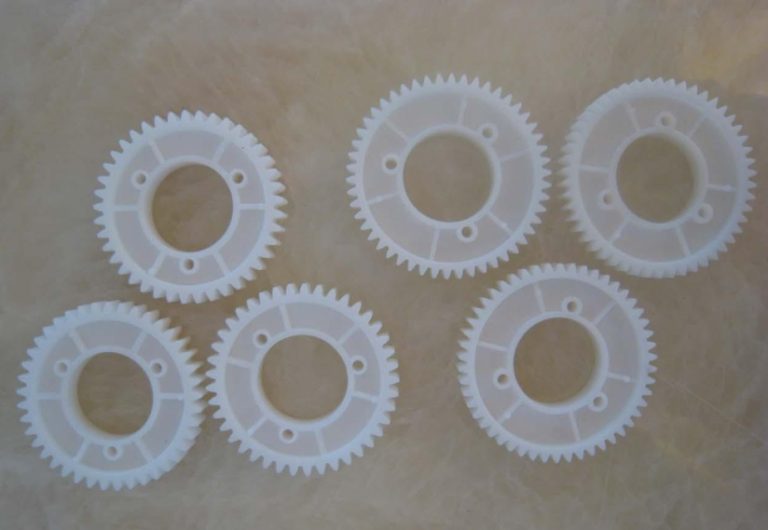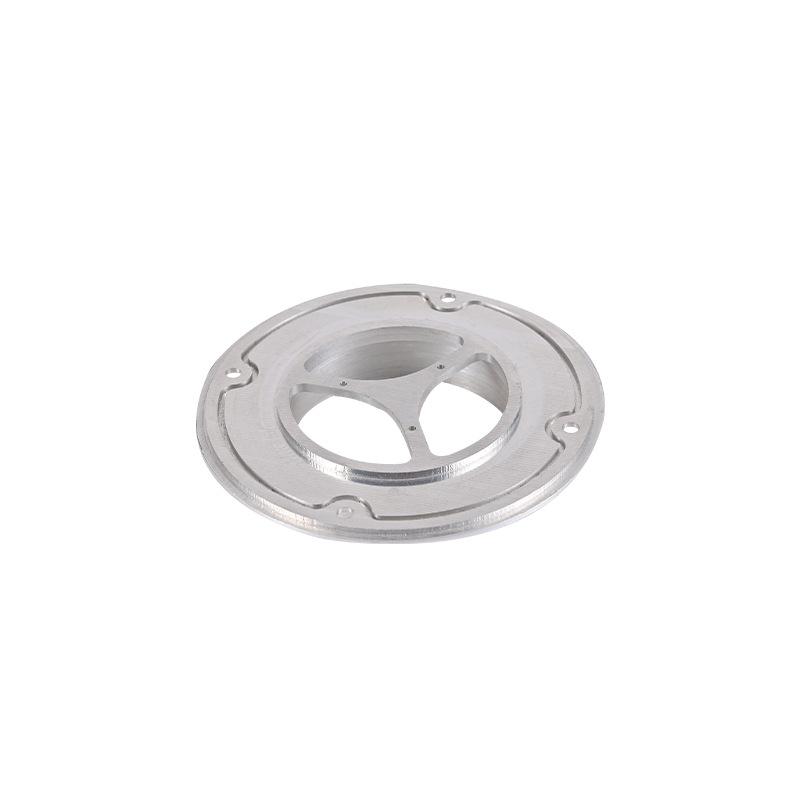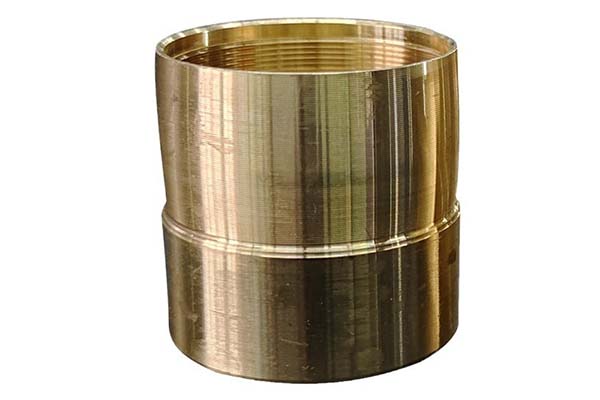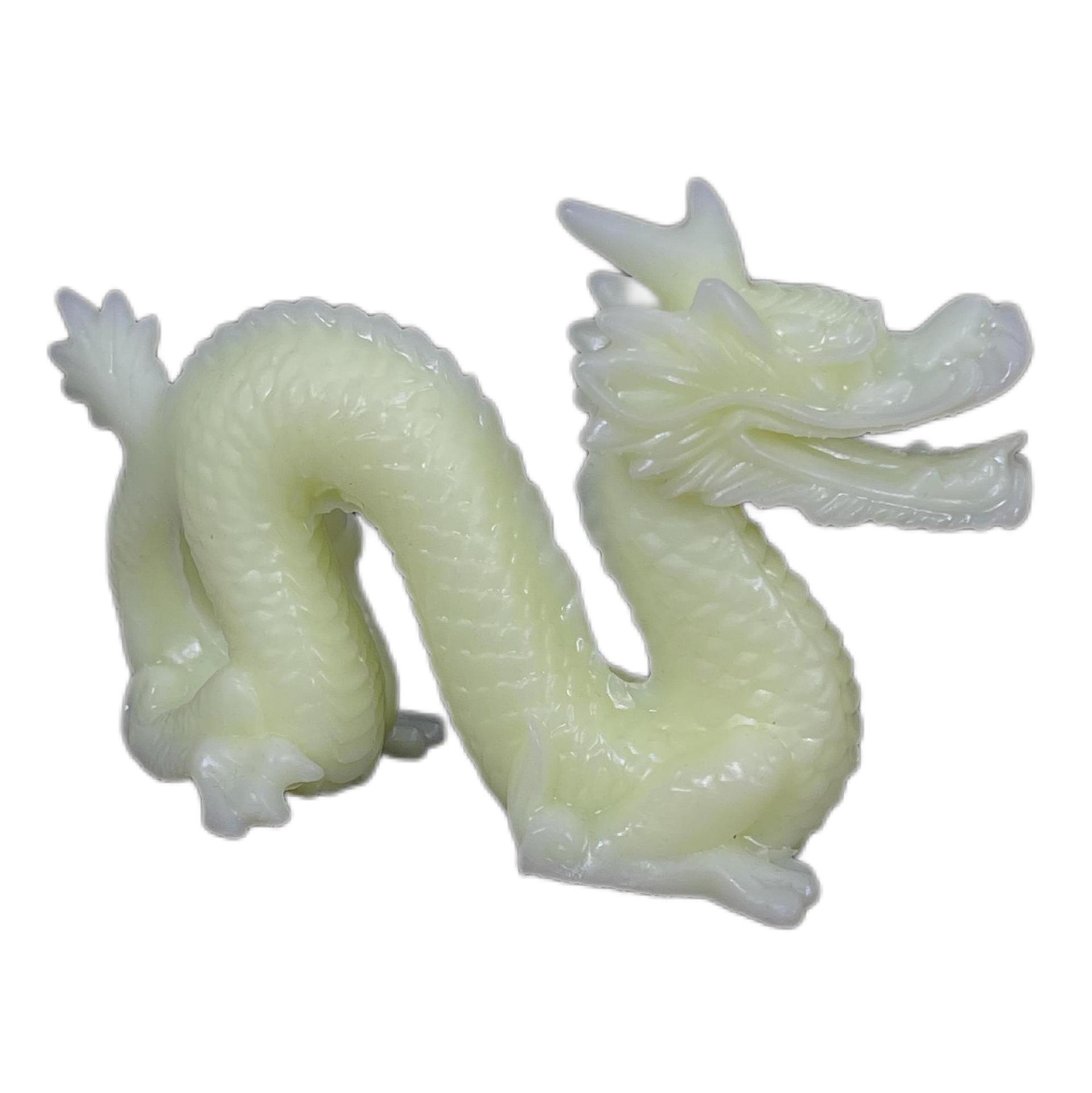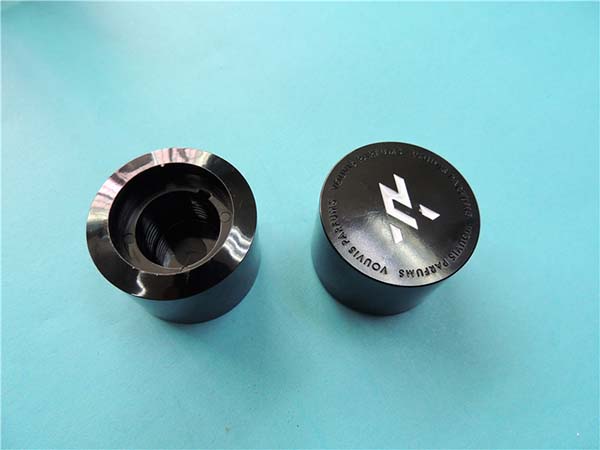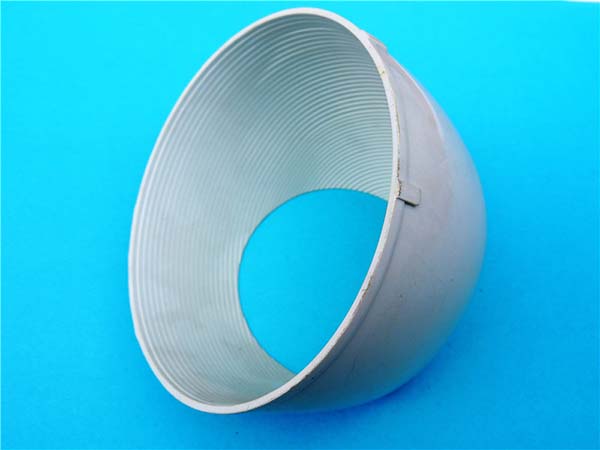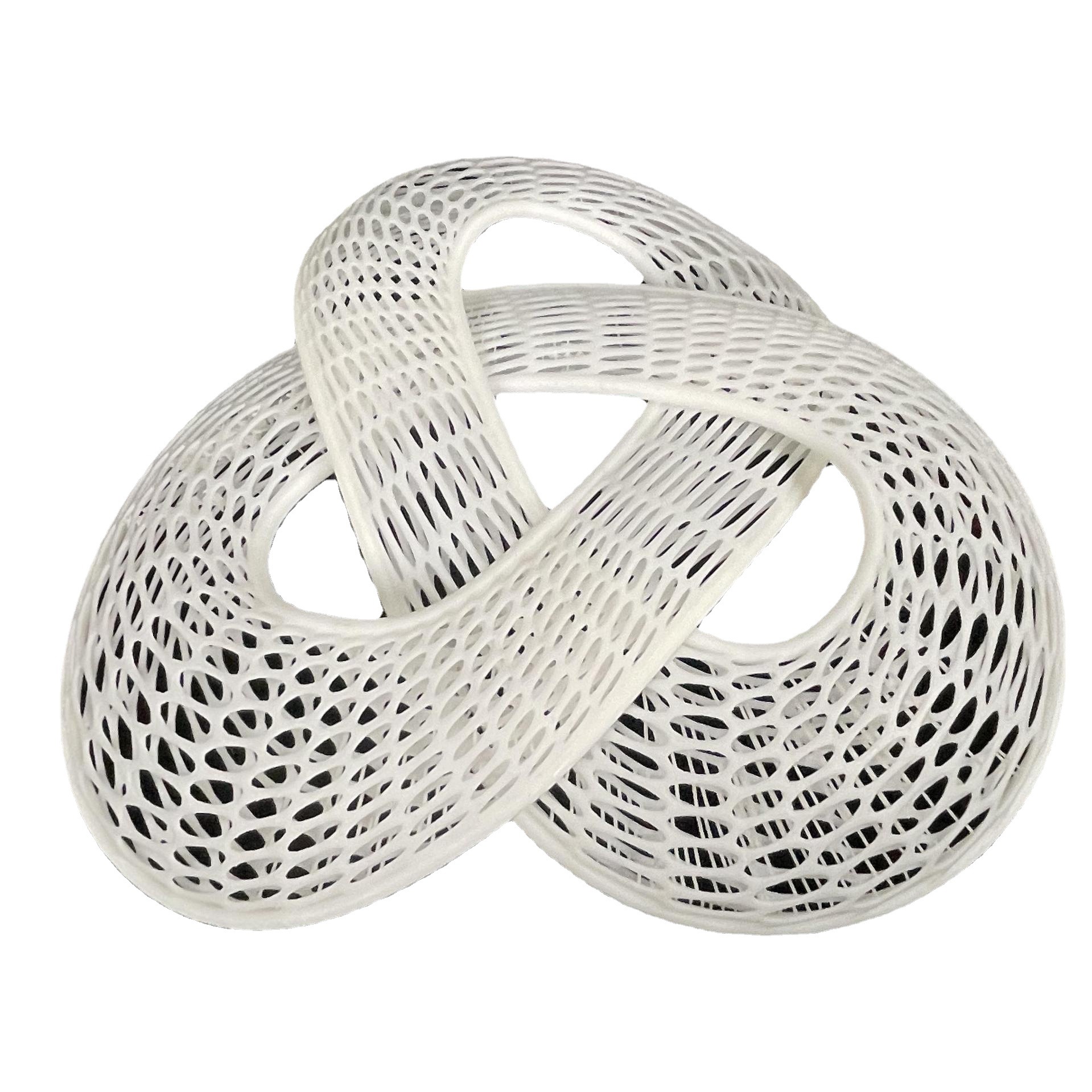What is SLA in Additive Manufacturing?
Additive Manufacturing (AM), commonly known as 3D printing, is a revolutionary manufacturing process that builds three - dimensional objects by adding material layer by layer based on a digital model. This technology stands in contrast to traditional subtractive manufacturing methods, which remove material from a larger block to create the desired shape. AM has opened up new possibilities in various industries, from aerospace to healthcare, by enabling the production of complex geometries that were previously difficult or impossible to achieve.
Stereolithography (SLA) is one of the earliest and most widely used additive manufacturing techniques. It was first patented in 1986 by Charles W. Hull, often regarded as the "father of 3D printing." SLA plays a crucial role in the AM landscape and is known for its high - precision capabilities.
The basic principle of SLA involves using a laser to selectively cure liquid photopolymer resin. A digital 3D model is sliced into thin cross - sectional layers. The SLA machine projects a UV laser beam onto the surface of the liquid resin in a pattern corresponding to the cross - section of the current layer. As the laser hits the resin, it causes a photochemical reaction, curing and solidifying the resin in that area. Once one layer is completed, the build platform moves down slightly, and a new layer of resin is spread over the previously cured layer. The process repeats until the entire 3D object is built, layer by layer.
For example, in the production of intricate jewelry prototypes, SLA can create highly detailed designs with fine features and smooth surfaces. The ability to accurately reproduce complex geometries makes SLA an ideal choice for applications where precision is paramount.
How Does SLA Work?
The SLA process is a complex yet highly precise operation that can be broken down into several key steps:
1. 3D Model Preparation
- First, a 3D model of the object to be printed is created using computer - aided design (CAD) software or obtained from a 3D scanner. This digital model serves as the blueprint for the entire SLA process. For instance, if you are designing a custom - made dental crown, a 3D scan of the patient's tooth is taken and then processed into a detailed 3D model.
- The 3D model is then converted into a format that the SLA machine can understand, usually the.STL (stereolithography) format. In this format, the 3D model is sliced into multiple horizontal cross - sectional layers. The thickness of these layers, typically ranging from 0.05 to 0.2 mm, determines the vertical resolution of the final printed object. Thinner layers result in a smoother surface finish but increase the printing time, while thicker layers can speed up the process but may lead to a more stair - stepped appearance on vertical surfaces.
2. Laser Scanning and Resin Curing
- Once the 3D model is sliced and ready, the SLA machine comes into action. Inside the machine, there is a vat filled with liquid photopolymer resin. This resin is a light - sensitive material that changes from a liquid state to a solid state when exposed to ultraviolet (UV) light.
- A high - precision UV laser is used to scan the surface of the resin. The laser follows the pattern of the cross - section of the first layer of the 3D model. As the laser beam hits the resin, it initiates a photopolymerization reaction. The photons from the UV laser cause the monomers in the resin to link together, forming long polymer chains and solidifying the resin in that area. For example, in the printing of a small mechanical gear, the laser carefully traces the shape of each tooth and the hub of the gear in the first layer, solidifying the resin to create the initial part of the gear structure.
3. Stacking and forming layer by layer
- After the first layer is completely cured, the build platform, which is initially at the surface of the resin, moves down by a distance equal to the layer thickness. A recoater mechanism then spreads a new, thin layer of resin over the previously cured layer. This ensures that there is a fresh supply of liquid resin available for the next layer to be printed.
- The laser then scans the second layer of the 3D model onto the newly spread resin, curing it and bonding it to the first layer. This process of moving the platform down, spreading resin, and curing layers continues layer by layer. Eventually, the entire 3D object is built up from the bottom to the top. Once the printing is complete, the object is carefully removed from the build platform, and any excess resin is drained off or washed away. The printed part may also require post - processing steps such as additional curing under UV light to fully harden the resin and improve its mechanical properties.
Where is SLA Used in Real - World Applications?
SLA's high - precision and fine - feature capabilities make it a popular choice across multiple industries:
1. Aerospace
- In the aerospace industry, SLA is used for creating lightweight and complex components. For example, NASA has explored SLA for manufacturing prototypes of rocket engine parts. These parts often have intricate internal cooling channels and complex geometries that are difficult to produce with traditional manufacturing methods. By using SLA, the development time for these prototypes can be significantly reduced. According to industry reports, SLA - printed aerospace prototypes can cut down development time by up to 50% compared to traditional machining processes. This allows engineers to quickly test and iterate on designs, leading to more efficient and high - performance aerospace components.
2. medical care
- In the medical field, SLA plays a crucial role in personalized medicine. It is used to create patient - specific surgical guides, implants, and anatomical models. For instance, in dental applications, SLA - printed dental crowns and bridges offer a high level of accuracy and fit. These prosthetics can be customized based on the patient's unique dental structure, ensuring better comfort and functionality. Research shows that SLA - printed dental implants have a success rate of over 95% in clinical trials, mainly due to their precise fit and biocompatible resin materials. Additionally, SLA - printed anatomical models are invaluable for surgical planning. Surgeons can use these models to practice complex procedures, improving surgical outcomes and reducing risks for patients.
3. car
- The automotive industry utilizes SLA for rapid prototyping of new vehicle designs. Car manufacturers can quickly produce scale models of new car designs using SLA. These models help in evaluating the aesthetics, aerodynamics, and ergonomics of the design before moving on to full - scale production. For example, a concept car model printed via SLA can be used to test wind tunnel performance, allowing engineers to make design adjustments early in the development process. This not only saves time but also reduces the cost associated with traditional prototyping methods. It is estimated that SLA - based prototyping in the automotive industry can save up to 30% of the overall prototyping cost.
Yigu Technology's View
As a non - standard plastic metal products custom supplier, Yigu Technology has rich practical experience in the SLA additive manufacturing field. We understand that each customer has unique requirements, whether it's the complex geometries of plastic parts for the electronics industry or the high - precision metal components for the automotive sector.
Our team of experts is proficient in using SLA technology to create customized products with high precision and quality. We use advanced SLA equipment and high - quality photopolymer resins to ensure that the final products meet or exceed customer expectations. For example, when manufacturing small, intricate plastic connectors, our SLA - based production process can achieve tight tolerances, ensuring a perfect fit in the final assembly.
We also focus on providing comprehensive services, from the initial design consultation to the final product delivery. We work closely with customers to understand their design ideas and functional requirements, and then use SLA technology to transform these concepts into tangible products. With Yigu Technology, customers can expect high - quality customized solutions that can effectively solve their production challenges in the SLA additive manufacturing process.
FAQ about SLA in Additive Manufacturing
What types of materials can be used in SLA?
The most commonly used materials in SLA are photopolymer resins. These resins can be classified into several types:
- General - purpose resins: They offer a good balance of mechanical properties, such as strength and flexibility. They are suitable for a wide range of applications, from general prototyping to creating small functional parts. For example, they can be used to make simple mechanical components like small gears or brackets.
- High - temperature - resistant resins: These resins can withstand elevated temperatures without significant deformation or degradation. They are often used in applications where the final product will be exposed to heat, such as in some automotive engine - related components or parts for high - temperature industrial environments.
- Dental and medical - grade resins: These are biocompatible resins that meet strict medical standards. They are used to create dental prosthetics, like crowns and bridges, as well as medical implants and anatomical models for surgical planning. Their biocompatibility ensures that they do not cause adverse reactions when in contact with the human body.
How accurate is SLA printing?
The accuracy of SLA printing is influenced by several factors:
- Layer thickness: As mentioned before, thinner layers (ranging from 0.05 to 0.2 mm) generally result in higher accuracy, especially in the vertical direction. A thinner layer can capture more detailed features and create a smoother surface finish.
- Laser precision: High - quality SLA machines with precise laser systems can accurately trace the patterns of each layer, reducing errors in the curing process. The laser's spot size and its ability to maintain a consistent power output also contribute to the overall accuracy.
- Resin properties: The shrinkage rate of the resin during curing can affect accuracy. Resins with low shrinkage are more likely to maintain the intended dimensions of the printed object.
Typically, SLA printing can achieve an accuracy of ±0.1 mm in the X and Y directions (in - plane) and an accuracy that is related to the layer thickness in the Z direction. For example, if a 0.1 mm layer thickness is used, the vertical accuracy will be around ±0.1 mm per layer.
